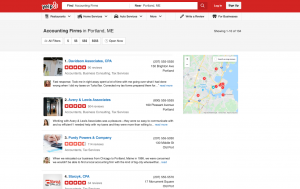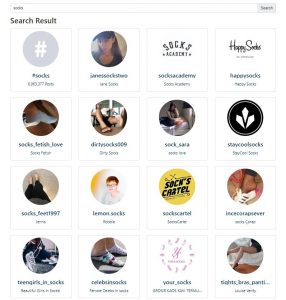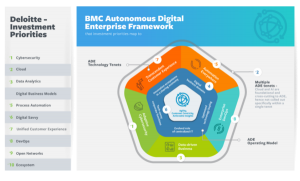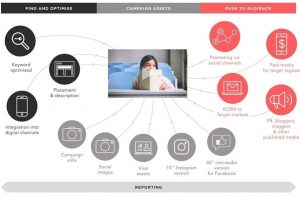An eye-opening future of work statistic is that 65 percent of children entering school today will work in careers that haven’t been invented. Imagine the possibilities and opportunities that the world is creating as we evolve at a rapid pace and continue transforming society.
Amazingly, that stat, while it may seem surprising, it actually isn’t as surprising as it may  have been a few years ago. We know work within businesses and a professional infrastructure that is inventing new roles everyday based on process and technology-driven insights that are the driving force behind new business behaviors. Even just a few years ago, a job titled social media marketer, data scientist, or SEO specialist didn’t exist – and now, they are in high demand within their respective industries.
have been a few years ago. We know work within businesses and a professional infrastructure that is inventing new roles everyday based on process and technology-driven insights that are the driving force behind new business behaviors. Even just a few years ago, a job titled social media marketer, data scientist, or SEO specialist didn’t exist – and now, they are in high demand within their respective industries.
This is all a response to the way disruptive technologies are transforming and reshaping how businesses run. Simultaneously, the workforce is changing in skills, demographics, and even priorities. Now, more than ever, a company’s talent pool and workforce ecosystems need a review. They need to be understood, prepared, and innovated to meet these ever-evolving demands.
In today’s workforce, there are three gaps hugely affecting performance, productivity, and innovation.
- Employee engagement. A Gallup survey showed that 87 percent of workers worldwide are not engaged at work. On average, highly engaged employees are 50 percent more likely to exceed expectations and firms with these highly engaged employees outperformed their not engaged workforce competitors by four fold in revenue growth.
- Skills. It is important that employees practice continuous learning so they can keep pace with the demands on their jobs and the evolution within their industries. These disruptive technologies are changing what they need to know and how they need to operate.
- Data. Enterprises don’t always know the talent they have within their ecosystem when it comes to internal resources and power. Only 42 percent of executives say they know how to extract meaningful insights from the available data.
Although not all companies suffer from all three circumstances, these gaps do exist and need to be understood and addressed to elevate a workforce.
So of course, as we face these challenges and identify and research these gaps, we uncover the opportunities that will help close these gaps and move toward a more enabled, effective, and flexible workforce that will remain competitive.
To close these gaps, companies need to focus on the following:
Strategy. When it comes to strategy, companies should understand that workforce management needs a sound strategy that encompasses the talent and the business, meaning that talent is understood and how it fits into the bigger picture is clearly defined.
Workforce analytics. Understanding exactly where the workforce currently stands will guide a workforce transformation plan that can effectively address the specific gaps, holes, or inefficiencies in the composition of the workforce.
Engagement. Engagement is not always something that happens instantly. It is the responsibility of the company to promote and sustain engagement, especially in a highly diverse workforce make-up that could include up to five generations of workers – all of which may have competing interests, needs, priorities, and preferences.
Technology. A technology strategy is a key enabler to better business. For the millennials who want to work anywhere and anytime, robust cloud and mobility strategies are essential in empowering and unlocking the potential of individuals to ensure productivity and top-tier work.
Continuous learning. As mentioned above, a culture rich in skills development that embraces the global movement for education is one where employees will feel more enriched, challenged, and fulfilled. But, the continuous learning culture needs to entail more than meetings and seminars, but also incorporate MOOCs and distance learning so employees are able to learn at their own pace and on their own time.
As innovations and disruptive technologies are forcing companies to change processes, innovate products, and use new technologies for almost every aspect of business, companies need to focus on bridging the talent gap and ensuring that their workforce ecosystem can transform to stay competitive in a world of constant change.
Business Articles | Business 2 Community
(282)




